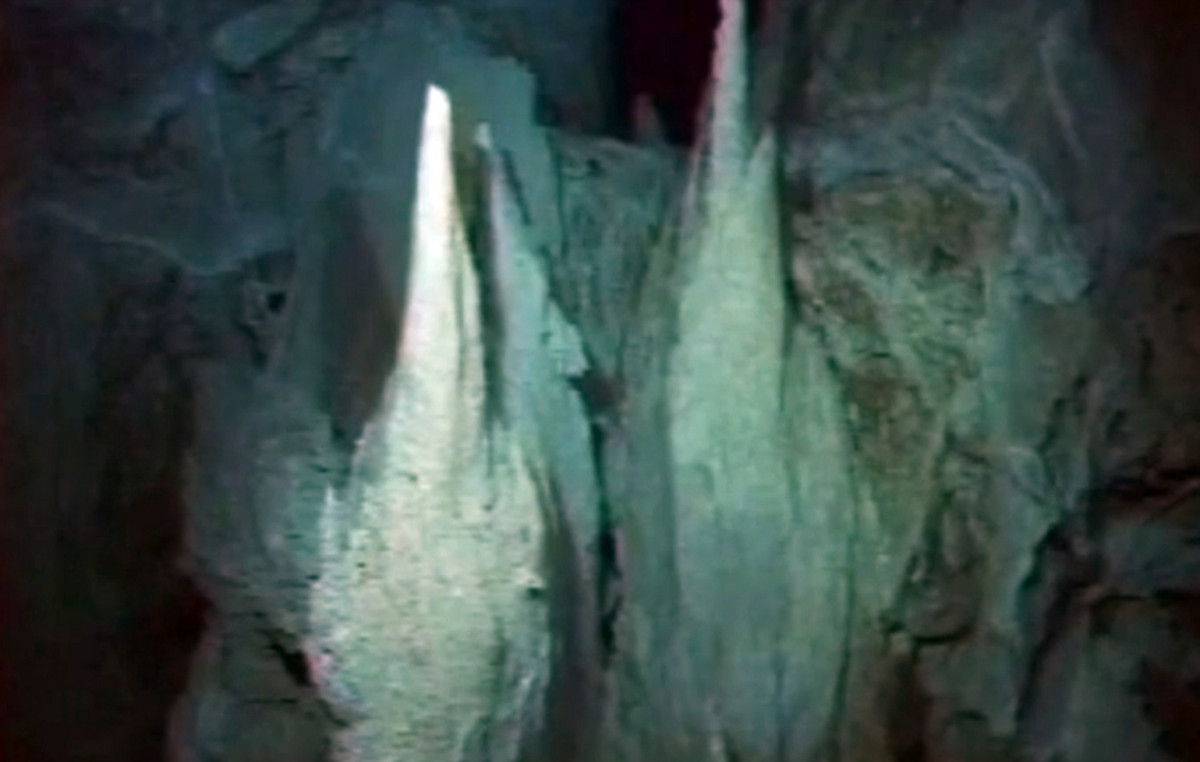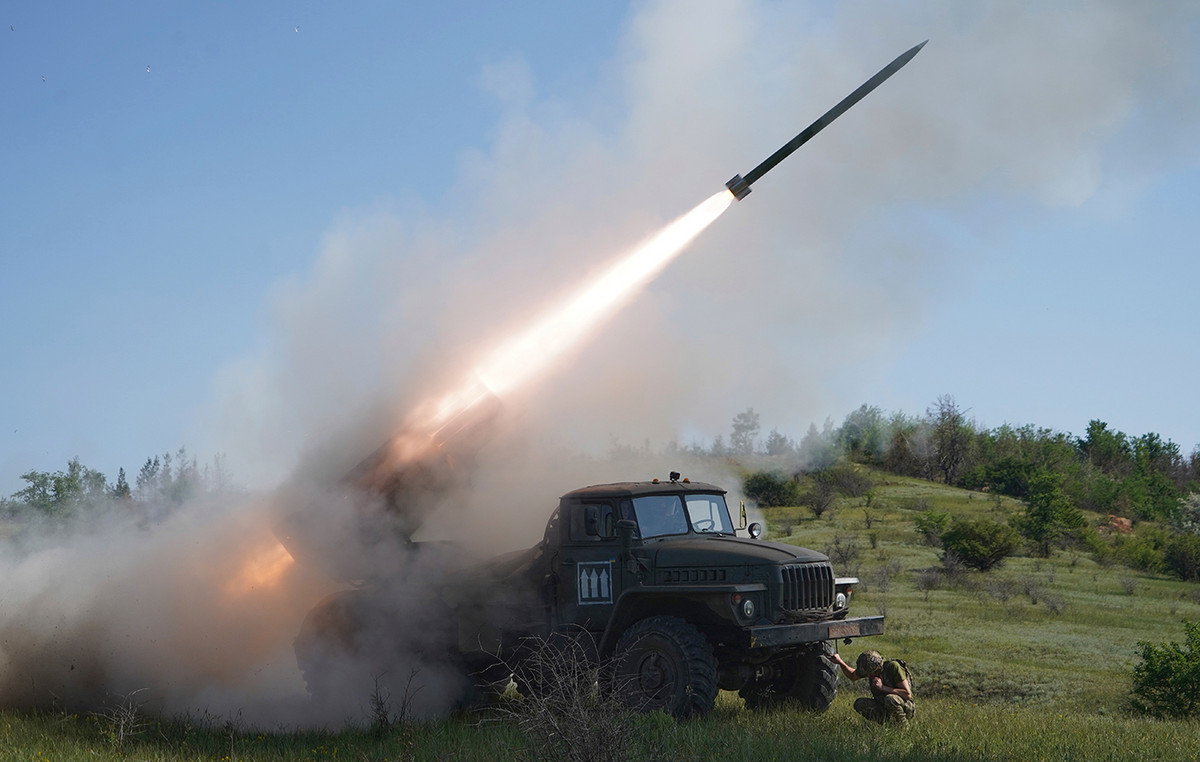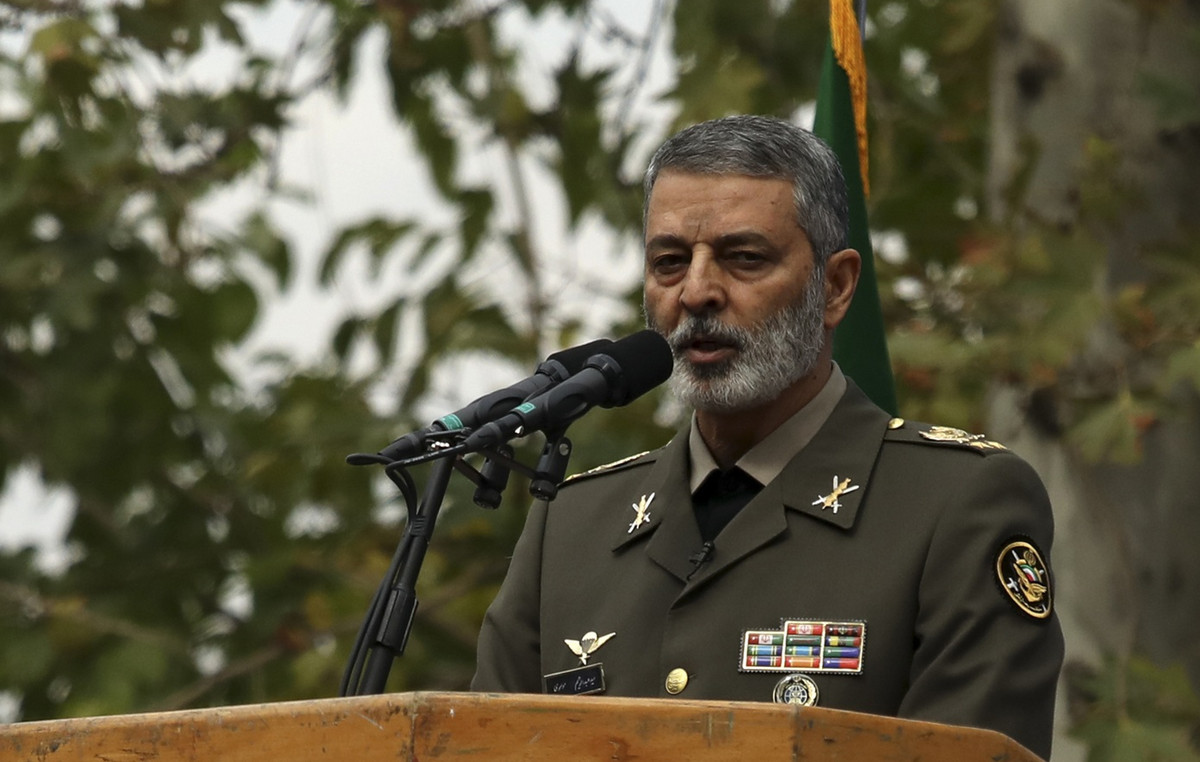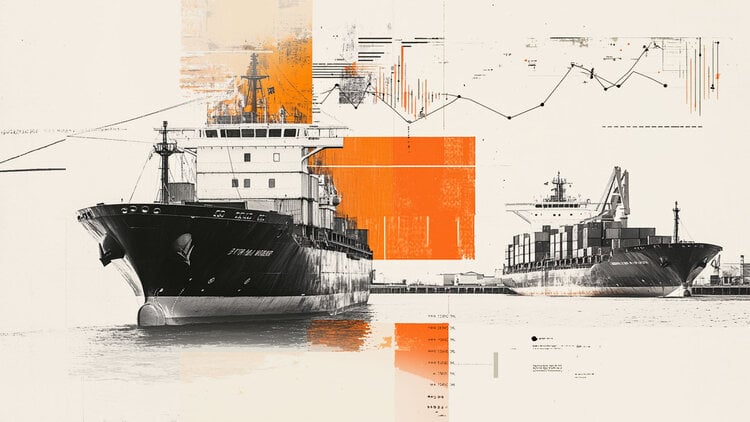- The price of the WTI rises more than 2% amid concerns about the increase in supply after US attacks to three Iranian nuclear facilities.
- President Trump said he had “annihilated” Iran’s main nuclear sites, including Fordow, Natanz and Isfahan.
- Petroleum prices could continue to rise due to possible supply threats, with Iran threatening to close the Ormuz Strait.
The price of the West Texas Intermediate (WTI) oil (WTI) is negotiated around $ 75.50 per barrel during the Asian hours of Monday, after going back a maximum of five months of 76.74 $. The price of WTI opened more than 2% due to the growing fears about supply concerns after US attacks (USA) to three Iranian nuclear facilities over the weekend.
The president of the United States, Donald Trump, announced late on Saturday that he had “annihilated” the main nuclear sites in Iran, including Fordow, Natanz and Isfahan, in night attacks, in coordination with an Israeli assault. This conflict in the Middle East is prepared to climb, since Tehran has promised to defend himself.
Operators expect more oil prices in the midst of growing fears that an Iranian retaliation can close the Ormuz Strait, for which approximately 20% of the world supply of crude oil flows. The Iranian Parliament approved a measure to close the Strait. Iran has threatened to close the Strait in the past, but has never carried out the measure, according to Iran Press TV through Reuters.
Reuters quoted June Goh, a senior analyst of Sparta Commodities, saying: “The risks of damage to oil infrastructure have multiplied.” Although there are alternative pipelines of pipelines outside the region, there will still be raw volumes that cannot be completely exported if the Ormuz Strait becomes inaccessible. Shipping traffic will probably decrease in the area, Goh added.
WTI FAQS oil
WTI oil is a type of crude oil that is sold in international markets. WTI are the acronym of West Texas Intermediate, one of the three main types that include the Brent and Dubai’s crude. The WTI is also known as “light” and “sweet” by its relatively low gravity and sulfur content, respectively. It is considered high quality oil that is easily refined. It is obtained in the United States and is distributed through the Cushing Center, considered “the crossing of the world.” It is a reference for the oil market and the price of WTI is frequently traded in the media.
Like all assets, supply and demand are the main factors that determine the price of WTI oil. As such, global growth can be a driver of the increase in demand and vice versa in the case of weak global growth. Political instability, wars and sanctions can alter the offer and have an impact on prices. OPEC decisions, a group of large oil -producing countries, is another key price factor. The value of the US dollar influences the price of WTI crude oil, since oil is mainly traded in US dollars, so a weaker dollar can make oil more affordable and vice versa.
Weekly reports on oil inventories published by the American Petroleum Institute (API) and the Energy Information Agency (EIA) influence the price of WTI oil. Changes in inventories reflect the fluctuation of supply and demand. If the data show a decrease in inventories, it can indicate an increase in demand, which would raise the price of oil. An increase in inventories may reflect an increase in supply, which makes prices lower. The API report is published every Tuesday and that of the EIA the next day. Their results are usually similar, with a 1% difference between them 75% of the time. EIA data is considered more reliable, since it is a government agency.
The OPEC (Organization of Petroleum Exporting Countries) is a group of 13 nations oil producing that collectively decide the production quotas of member countries in biannual meetings. Their decisions usually influence WTI oil prices. When OPEC decides to reduce fees, it can restrict the supply and raise oil prices. When OPEC increases production, the opposite effect occurs. The OPEC+ is an expanded group that includes another ten non -members of the OPEC, among which Russia stands out.
Source: Fx Street
I am Joshua Winder, a senior-level journalist and editor at World Stock Market. I specialize in covering news related to the stock market and economic trends. With more than 8 years of experience in this field, I have become an expert in financial reporting.







